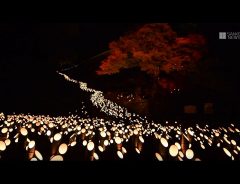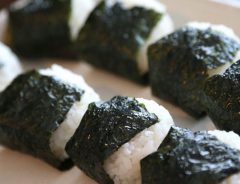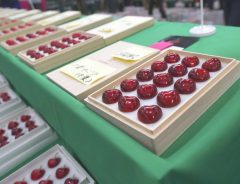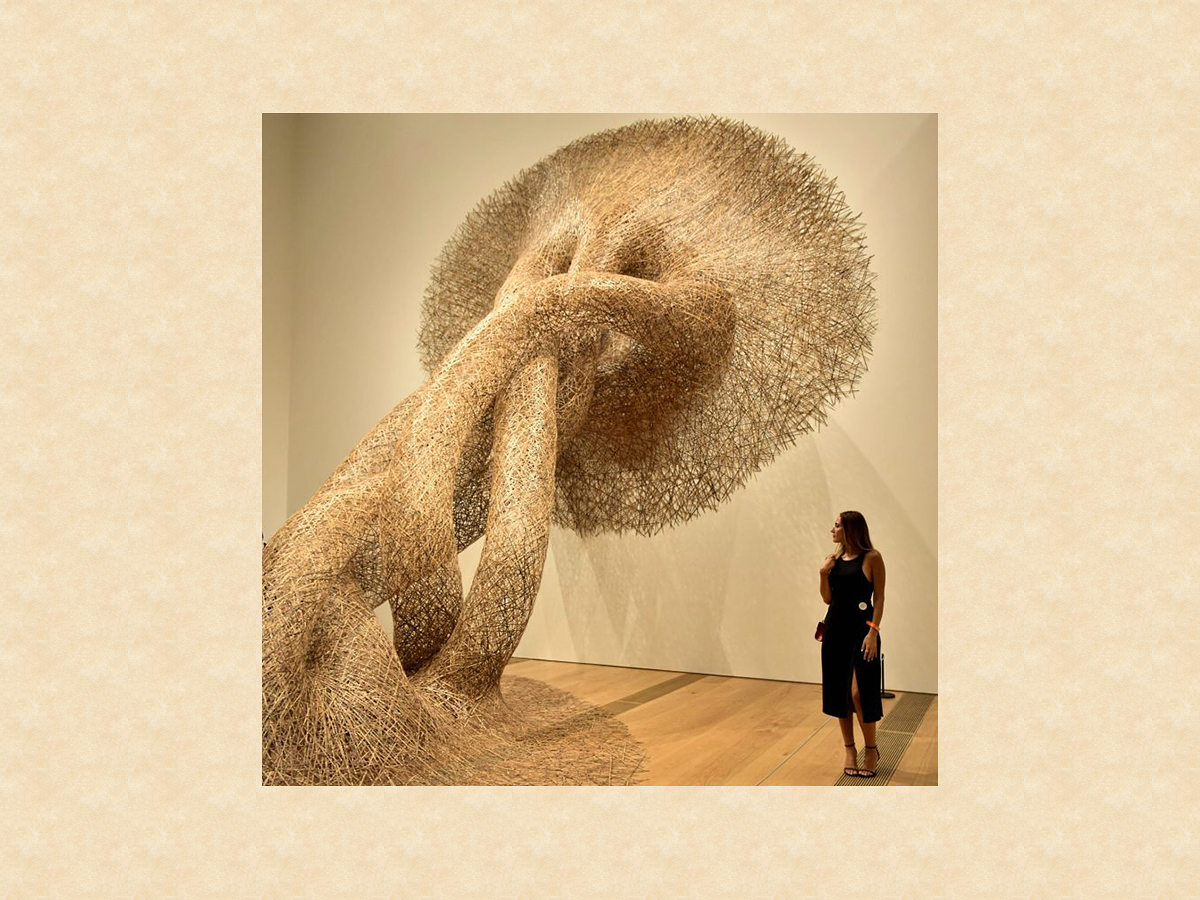- Source:
- © JAPAN Forward
- Tags:
- Bamboo / bamboo art / JAPAN Forward / Museum
Related Article
-

20,000 Bamboo Lanterns Light Up This Charming Japanese Castle Town Once A Year
-

Tokyo Michelin Guide 2019: Onigiri Gets Bib Gourmand Status!
-

An Auction 1st: ¥40,000 Yen for a Single Cherry!
-

Tenkawa Village in Nara: The Sacred Location of ‘Shugendo’
-

[Kimono Style] International friendship and style showcased in FashiComm
-

“Ainu Museum” dedicated to the indigenous people of North Japan to open this spring



Ayako Kurosawa for JAPAN Forward
Japanese bamboo art has become a hot sensation overseas, although in Japan such works are viewed more commonly as crafts or items of practical use. A growing number of collectors are amassing impressive collections, mainly in Europe and the United States, but this popularity is almost unknown in Japan.
Overseas, this genre has garnered high praise for artistic merit, transcending the general impression in Japan that they are everyday items.
What is it about bamboo art that fascinates people around the world?
Growing Number of Collectors
The exhibition, “Japanese Bamboo Art: New York’s Abbey Collection” is now underway at the National Museum of Modern Art, Tokyo. It is a homecoming of the bamboo art exhibition that was hosted from 2017 to 2018 by the Metropolitan Museum of Art (MET) in New York, which attracted 470,000 visitors.
A hand-picked selection of 75 works collected by Diane and Arthur Abbey of New York is being displayed for the first time in Japan. The artworks will be bequeathed to the MET in 2020. Monika Bincsik curated the exhibition.
According to Bincsik, the boom in popularity began in the late 1990s when a magnificent bamboo art collection owned by Lloyd Cotsen was exhibited in New York. Diane and Arthur Abbey were captivated by the artwork’s elegance and beauty, which led them to start their own collection. They continued to build a collection that traces the modern history of bamboo art, visiting Japan multiple times to get in touch with artists to seek their work and purchase artworks by master craftsmen of the Meiji Period.
Large collections of excellent bamboo artwork are now held by major museums in the U.S. Among them are the Boston Museum of Fine Arts, the MET, and the Asian Art Museum in San Francisco, which has 900 pieces collected by Cotsen.
“Americans and Europeans have a different perception and their museums have bigger collections than Japanese museums when it comes to work by contemporary artists,” said Bincsik.
She added: “Americans will look at bamboo crafts like sencha (a type of Japanese tea) utensils and have no idea what they are used for. Instead, they will simply appreciate the beautiful shape, weaving, and sense of balance, perceiving it not as a utensil but as a work of art. This is a big contrast to the Japanese perspective.”
In this way, Diane and Arthur Abbey could freely enjoy their collection as they pleased, placing bamboo baskets with Picasso’s paintings and Giacometti’s sculptures in their home.
Bincsik also noted that while bamboo grows naturally and is used throughout Asia, “only Japanese bamboo crafts have been elevated into the art world.”
(...)
Written by Japan ForwardThe continuation of this article can be read on the "Japan Forward" site.
Japanese Bamboo Art Captivates Western Collectors and the World